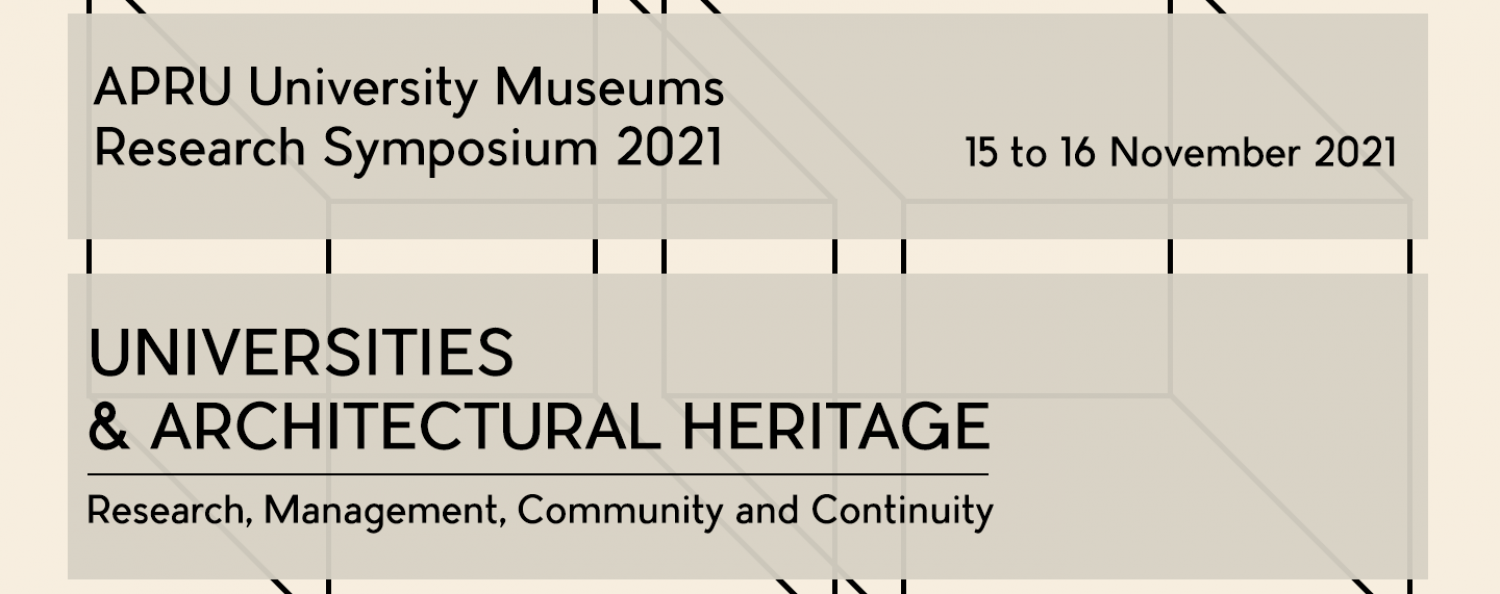The panel overviews are as follow. The full programme booklet is now available here.
15 November
Opening Welcome Address 1
Speaker: Dr Christopher Tremewan, Secretary General of APRU
Opening Welcome Address 2
Speaker: Associate Professor Daniel Goh, Associate Provost of Undergraduate Education at National University of Singapore.
Panel 1: Intangible Cultural Heritage
Keynote Speaker: Professor Ho Puay-Peng, Head, Department of Architecture, National University of Singapore. UNESCO Chair on Architectural Heritage Conservation and Management in Asia
Traditionally, cultural heritage is often conceived in its material form, through objects of trade, ritual and domesticity, as well as elements of architecture that are witnesses to historical movements. This panel draws out what is therefore sometimes obscured and occluded in the discourse of cultural heritage, to understand it in its broader contexts: the nexus of anthropological nodes from the social to political and spiritual that govern culture that pre-exists and structures its tangible forms.
In particular, the papers explore contemporary tourism policies and conservation laws, use of technology, oral histories, education, as well as the communities of whom are the main bearers and proponents of such intangible cultural heritage. Here, the discussion hopes to piece together a coherent understanding of the significance of such sites, and thus, the fullness of heritage that requires safeguarding.
Panel 2: Architectural History
Keynote Speaker: Dr Wu Ping-Sheng. National Cheng Kung University, Department of Architecture. Director, NCKU Museum.
This panel delves into the twinned and intertwined study of history and architecture. The various sites presented in the oral papers, from the anatomical theatres of Padua to Singapore’s early tertiary institutions, reveal insights into momentous historical events, contexts, communities and actors, as well as national and political discourse. Aided by new discoveries, resources, and lines of inquiry, the panel’s discussion converges at the manners in which these sites can sustain relevancy through re-interpretation and further exploration of historiography, providing inspiration through lessons learnt for the study of architecture in our present moment.
16 November
Opening Keynote:
Mr Ahmad Mashadi, Head of NUS Museum and NUS Baba House
Panel 3: Urban Regeneration and Architectural Planning
Keynote Speaker: Dr Kinoshita Hikaru. Kansai University, Department of Architecture, Faculty of Environmental and Urban Engineering.
By analysing the changes to urban planning and renewal across the years, the oral papers in this presentation give us a glimpse into developments and new approaches that go beyond attending to specific buildings or monuments, but are considerations of the socio-cultural and historical fabric of urban spaces that interact with and shape its constituent buildings and parts. This includes proposals for ways to re-envision such spaces, through new designs and methodologies that are informed by pedagogy and urban morphology, as well as an examination of archives and historical sources to review how spaces have been revived and restructured by means of intervention or wider socio-political evolutions.
Panel 4: Sustainability and Conservation
Keynote Speaker: Dr Louise Cooke. University of York, Archaeology Department.
Situated in a study of history but propelled by an impetus that is future-thinking, the final panel of the symposium will discuss various conservation strategies and practices that have developed over the years that posit means of ensuring continuity in architectural heritage. With constant shifts in architectural tendencies and trends, nudged forward by the waves of globalisation and modernity, historic sites are at risk of erosion, demolition, or neglect. The papers in this panel offer case studies and solutions to issues in sustainability and conservation, presenting a plethora of approaches ranging from the integration of renewable energy into historic sites, to the establishment of university museums as a platform for promoting heritage. Through sharing these strategies, the discussion ultimately aims at a reflection of deeper philosophical and ideological principles – how does the preservation and conservation of architectural heritage interface with the demands and changes of modernity? What does it mean to sustain architectural heritage for an interminable future?
